| [1] |
NAKATSUKA T, TATEISHI R, KOIKE K. Changing clinical management of NAFLD in Asia[J]. Liver Int, 2021. DOI: 10.1111/liv.15046.[Online ahead of print] |
| [2] |
ZHOU F, ZHOU J, WANG W, et al. Unexpected rapid increase in the burden of NAFLD in China from 2008 to 2018: A systematic review and meta-analysis[J]. Hepatology, 2019, 70(4): 1119-1133. DOI: 10.1002/hep.30702. |
| [3] |
BESSONE F, RAZORI MV, ROMA MG. Molecular pathways of nonalcoholic fatty liver disease development and progression[J]. Cell Mol Life Sci, 2019, 76(1): 99-128. DOI: 10.1007/s00018-018-2947-0. |
| [4] |
EL-AGROUDY NN, KURZBACH A, RODIONOV RN, et al. Are lifestyle therapies effective for NAFLD treatment?[J]. Trends Endocrinol Metab, 2019, 30(10): 701-709. DOI: 10.1016/j.tem.2019.07.013. |
| [5] |
ARMSTRONG MJ, HULL D, GUO K, et al. Glucagon-like peptide 1 decreases lipotoxicity in non-alcoholic steatohepatitis[J]. J Hepatol, 2016, 64(2): 399-408. DOI: 10.1016/j.jhep.2015.08.038. |
| [6] |
ANDERSEN A, LUND A, KNOP FK, et al. Glucagon-like peptide 1 in health and disease[J]. Nat Rev Endocrinol, 2018, 14(7): 390-403. DOI: 10.1038/s41574-018-0016-2. |
| [7] |
FUJIWARA Y, EGUCHI S, MURAYAMA H, et al. Relationship between diet/exercise and pharmacotherapy to enhance the GLP-1 levels in type 2 diabetes[J]. Endocrinol Diabetes Metab, 2019, 2(3): e00068. DOI: 10.1002/edm2.68. |
| [8] |
SMITH NK, HACKETT TA, GALLI A, et al. GLP-1: Molecular mechanisms and outcomes of a complex signaling system[J]. Neurochem Int, 2019, 128: 94-105. DOI: 10.1016/j.neuint.2019.04.010. |
| [9] |
DEACON CF. Physiology and pharmacology of DPP-4 in glucose homeostasis and the treatment of type 2 diabetes[J]. Front Endocrinol (Lausanne), 2019, 10: 80. DOI: 10.3389/fendo.2019.00080. |
| [10] |
KAMAKURA R, RAZA GS, PRASANNAN A, et al. Dipeptidyl peptidase-4 and GLP-1 interplay in STC-1 and GLUTag cell lines[J]. Peptides, 2020, 134: 170419. DOI: 10.1016/j.peptides.2020.170419. |
| [11] |
VARIN EM, MULVIHILL EE, BAGGIO LL, et al. Distinct neural sites of GLP-1R expression mediate physiological versus pharmacological control of incretin action[J]. Cell Rep, 2019, 27(11): 3371-3384.e3. DOI: 10.1016/j.celrep.2019.05.055. |
| [12] |
MA H, HUANG W, WANG X, et al. Structural insights into the activation of GLP-1R by a small molecule agonist[J]. Cell Res, 2020, 30(12): 1140-1142. DOI: 10.1038/s41422-020-0384-8. |
| [13] |
|
| [14] |
LI S, WANG X, ZHANG J, et al. Exenatide ameliorates hepatic steatosis and attenuates fat mass and FTO gene expression through PI3K signaling pathway in nonalcoholic fatty liver disease[J]. Braz J Med Biol Res, 2018, 51(8): e7299. DOI: 10.1590/1414-431x20187299. |
| [15] |
LEE J, HONG SW, RHEE EJ, et al. GLP-1 receptor agonist and non-alcoholic fatty liver disease[J]. Diabetes Metab J, 2012, 36(4): 262-267. DOI: 10.4093/dmj.2012.36.4.262. |
| [16] |
YU X, HAO M, LIU Y, et al. Liraglutide ameliorates non-alcoholic steatohepatitis by inhibiting NLRP3 inflammasome and pyroptosis activation via mitophagy[J]. Eur J Pharmacol, 2019, 864: 172715. DOI: 10.1016/j.ejphar.2019.172715. |
| [17] |
GILBERT MP, PRATLEY RE. GLP-1 analogs and DPP-4 inhibitors in type 2 diabetes therapy: Review of head-to-head clinical trials[J]. Front Endocrinol (Lausanne), 2020, 11: 178. DOI: 10.3389/fendo.2020.00178. |
| [18] |
TOBITA H, YAZAKI T, KATAOKA M, et al. Comparison of dapagliflozin and teneligliptin in nonalcoholic fatty liver disease patients without type 2 diabetes mellitus: A prospective randomized study[J]. J Clin Biochem Nutr, 2021, 68(2): 173-180. DOI: 10.3164/jcbn.20-129. |
| [19] |
SHIRAKAWA J, FUJII H, OHNUMA K, et al. Diet-induced adipose tissue inflammation and liver steatosis are prevented by DPP-4 inhibition in diabetic mice[J]. Diabetes, 2011, 60(4): 1246-1257. DOI: 10.2337/db10-1338. |
| [20] |
SHEN T, XU B, LEI T, et al. Sitagliptin reduces insulin resistance and improves rat liver steatosis via the SIRT1/AMPKα pathway[J]. Exp Ther Med, 2018, 16(4): 3121-3128. DOI: 10.3892/etm.2018.6554. |
| [21] |
SANTOS FO, CORREIA B, MARINHO TS, et al. Anti-steatotic linagliptin pleiotropic effects encompasses suppression of de novo lipogenesis and ER stress in high-fat-fed mice[J]. Mol Cell Endocrinol, 2020, 509: 110804. DOI: 10.1016/j.mce.2020.110804. |
| [22] |
OKUYAMA T, SHIRAKAWA J, TAJIMA K, et al. Linagliptin ameliorates hepatic steatosis via non-canonical mechanisms in mice treated with a dual inhibitor of insulin receptor and IGF-1 receptor[J]. Int J Mol Sci, 2020, 21(21): 7815. DOI: 10.3390/ijms21217815. |
| [23] |
KAWAGUCHI T, NAKANO D, KOGA H, et al. Effects of a DPP4 inhibitor on progression of NASH-related HCC and the p62/ Keap1/Nrf2-pentose phosphate pathway in a mouse model[J]. Liver Cancer, 2019, 8(5): 359-372. DOI: 10.1159/000491763. |
| [24] |
RANJBAR G, MIKHAILIDIS DP, SAHEBKAR A. Effects of newer antidiabetic drugs on nonalcoholic fatty liver and steatohepatitis: Think out of the box![J]. Metabolism, 2019, 101: 154001. DOI: 10.1016/j.metabol.2019.154001. |
| [25] |
LEE M, SHIN E, BAE J, et al. Dipeptidyl peptidase-4 inhibitor protects against non-alcoholic steatohepatitis in mice by targeting TRAIL receptor-mediated lipoapoptosis via modulating hepatic dipeptidyl peptidase-4 expression[J]. Sci Rep, 2020, 10(1): 19429. DOI: 10.1038/s41598-020-75288-y. |
| [26] |
ZHENG W, ZHOU J, SONG S, et al. Dipeptidyl-peptidase 4 inhibitor sitagliptin ameliorates hepatic insulin resistance by modulating inflammation and autophagy in ob/ob mice[J]. Int J Endocrinol, 2018, 2018: 8309723. DOI: 10.1155/2018/8309723. |
| [27] |
WU C, CHEN W, DING H, et al. Salvianolic acid B exerts anti-liver fibrosis effects via inhibition of MAPK-mediated phospho-Smad2/3 at linker regions in vivo and in vitro[J]. Life Sci, 2019, 239: 116881. DOI: 10.1016/j.lfs.2019.116881. |
| [28] |
KHALIL R, SHATA A, ABD EL-KADER EM, et al. Vildagliptin, a DPP-4 inhibitor, attenuates carbon tetrachloride-induced liver fibrosis by targeting ERK1/2, p38α, and NF-κB signaling[J]. Toxicol Appl Pharmacol, 2020, 407: 115246. DOI: 10.1016/j.taap.2020.115246. |
| [29] |
PATEL CHAVEZ C, CUSI K, KADIYALA S. The emerging role of glucagon-like peptide-1 receptor agonists for the management of NAFLD[J]. J Clin Endocrinol Metab, 2022, 107(1): 29-38. DOI: 10.1210/clinem/dgab578. |
| [30] |
JIANPING W, XUELIAN Z, ANJIANG W, et al. Efficacy and safety of glucagon-like peptide-1 receptor agonists in the treatment of metabolic associated fatty liver disease: A systematic review and meta-analysis[J]. J Clin Gastroenterol, 2021, 55(7): 586-593. DOI: 10.1097/MCG.0000000000001556. |
| [31] |
LV X, DONG Y, HU L, et al. Glucagon-like peptide-1 receptor agonists (GLP-1 RAs) for the management of nonalcoholic fatty liver disease (NAFLD): A systematic review[J]. Endocrinol Diabetes Metab, 2020, 3(3): e00163. DOI: 10.1002/edm2.163. |
| [32] |
WANG XC, GUSDON AM, LIU H, et al. Effects of glucagon-like peptide-1 receptor agonists on non-alcoholic fatty liver disease and inflammation[J]. World J Gastroenterol, 2014, 20(40): 14821-14830. DOI: 10.3748/wjg.v20.i40.14821. |
| [33] |
VENDRELL J, EL BEKAY R, PERAL B, et al. Study of the potential association of adipose tissue GLP-1 receptor with obesity and insulin resistance[J]. Endocrinology, 2011, 152(11): 4072-4079. DOI: 10.1210/en.2011-1070. |
| [34] |
FANG QH, SHEN QL, LI JJ, et al. Inhibition of microRNA-124a attenuates non-alcoholic fatty liver disease through upregulation of adipose triglyceride lipase and the effect of liraglutide intervention[J]. Hepatol Res, 2019, 49(7): 743-757. DOI: 10.1111/hepr.13330. |
| [35] |
FANG Y, JI L, ZHU C, et al. Liraglutide alleviates hepatic steatosis by activating the TFEB-regulated autophagy-lysosomal pathway[J]. Front Cell Dev Biol, 2020, 8: 602574. DOI: 10.3389/fcell.2020.602574. |
| [36] |
YANG M, MA X, XUAN X, et al. Liraglutide attenuates non-alcoholic fatty liver disease in mice by regulating the local renin-angiotensin system[J]. Front Pharmacol, 2020, 11: 432. DOI: 10.3389/fphar.2020.00432. |
| [37] |
KUCHAY MS, KRISHAN S, MISHRA SK, et al. Effect of dulaglutide on liver fat in patients with type 2 diabetes and NAFLD: Randomised controlled trial (D-LIFT trial)[J]. Diabetologia, 2020, 63(11): 2434-2445. DOI: 10.1007/s00125-020-05265-7. |
| [38] |
FENG WH, BI Y, LI P, et al. Effects of liraglutide, metformin and gliclazide on body composition in patients with both type 2 diabetes and non-alcoholic fatty liver disease: A randomized trial[J]. J Diabetes Investig, 2019, 10(2): 399-407. DOI: 10.1111/jdi.12888. |
| [39] |
CHRISTOU GA, KATSIKI N, BLUNDELL J, et al. Semaglutide as a promising antiobesity drug[J]. Obes Rev, 2019, 20(6): 805-815. DOI: 10.1111/obr.12839. |
| [40] |
NEWSOME P, FRANCQUE S, HARRISON S, et al. Effect of semaglutide on liver enzymes and markers of inflammation in subjects with type 2 diabetes and/or obesity[J]. Aliment Pharmacol Ther, 2019, 50(2): 193-203. DOI: 10.1111/apt.15316. |
| [41] |
SAAD ZA, KHODEER DM, ZAITONE SA, et al. Exenatide ameliorates experimental non-alcoholic fatty liver in rats via suppression of toll-like receptor 4/NFκB signaling: Comparison to metformin[J]. Life Sci, 2020, 253: 117725. DOI: 10.1016/j.lfs.2020.117725. |
| [42] |
LUO Y, YANG P, LI Z, et al. Liraglutide improves non-alcoholic fatty liver disease in diabetic mice by modulating inflammatory signaling pathways[J]. Drug Des Devel Ther, 2019, 13: 4065-4074. DOI: 10.2147/DDDT.S224688. |
| [43] |
SHAO N, YU XY, MA XF, et al. Exenatide delays the progression of nonalcoholic fatty liver disease in C57BL/6 mice, which may involve inhibition of the NLRP3 inflammasome through the mitophagy pathway[J]. Gastroenterol Res Pract, 2018, 2018: 1864307. DOI: 10.1155/2018/1864307. |
| [44] |
TESHOME G, AMBACHEW S, FASIL A, et al. Efficacy of glucagon-like peptide-1 analogs in nonalcoholic fatty liver disease: A systematic review[J]. Hepat Med, 2020, 12: 139-151. DOI: 10.2147/HMER.S265631. |
| [45] |
WU L, LIU Y, SHI L, et al. Promotion of apoptosis in high glucose-activated hepatic stellate cells by GLP-1 receptor agonist and its potential mechanism[J]. Gene Mol Res, 2017, 16(4): gmr16039818. DOI: 10.4238/gmr16039818. |
| [46] |
HAN X, DING C, ZHANG G, et al. Liraglutide ameliorates obesity-related nonalcoholic fatty liver disease by regulating Sestrin2-mediated Nrf2/HO-1 pathway[J]. Biochem Biophys Res Commun, 2020, 525(4): 895-901. DOI: 10.1016/j.bbrc.2020.03.032. |
| [47] |
|
| [48] |
REED J, KANAMARLAPUDI V. GLP-1. [M]//CHOI S. Encyclopedia of Signaling Molecules. Cham; Springer International Publishing. 2018: 2098-2106.
|
| [49] |
DHIR G, CUSI K. Glucagon like peptide-1 receptor agonists for the management of obesity and non-alcoholic fatty liver disease: A novel therapeutic option[J]. J Investig Med, 2018, 66(1): 7-10. DOI: 10.1136/jim-2017-000554. |
| [50] |
RICHARDS P, PARKER HE, ADRIAENSSENS AE, et al. Identification and characterization of GLP-1 receptor-expressing cells using a new transgenic mouse model[J]. Diabetes, 2014, 63(4): 1224-1233. DOI: 10.2337/db13-1440. |
| [51] |
CANTINI G, MANNUCCI E, LUCONI M. Perspectives in GLP-1 research: New targets, new receptors[J]. Trends Endocrinol Metab, 2016, 27(6): 427-438. DOI: 10.1016/j.tem.2016.03.017. |
| [52] |
SOFOGIANNI A, FILIPPIDIS A, CHRYSAVGIS L, et al. Glucagon-like peptide-1 receptor agonists in non-alcoholic fatty liver disease: An update[J]. World J Hepatol, 2020, 12(8): 493-505. DOI: 10.4254/wjh.v12.i8.493. |







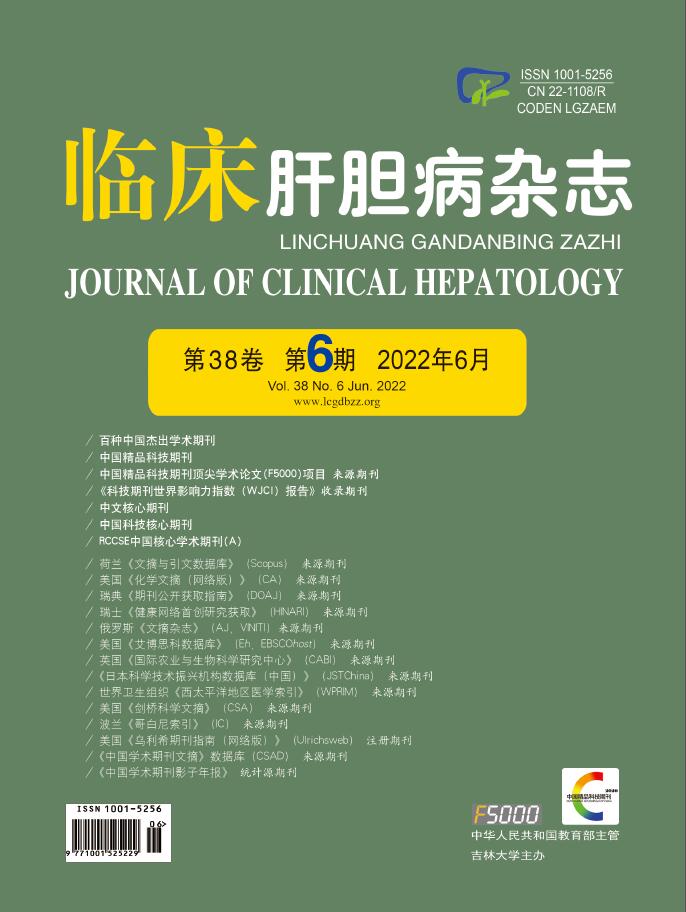
 下载:
下载:
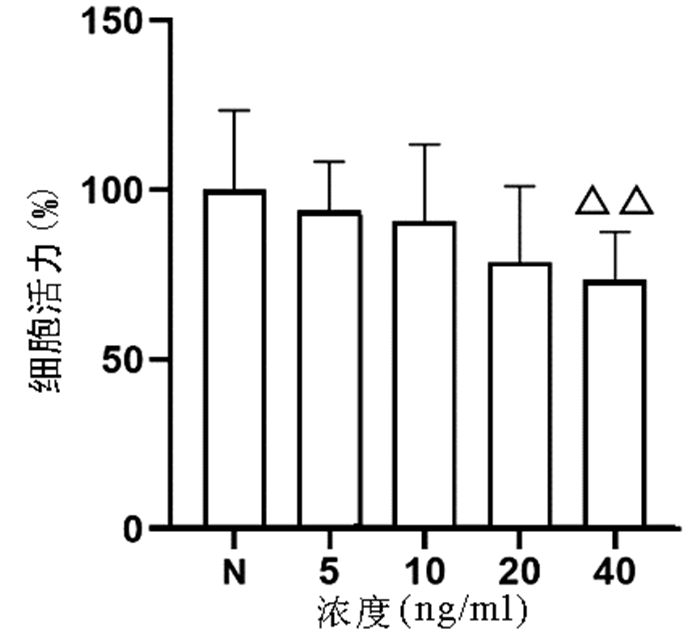
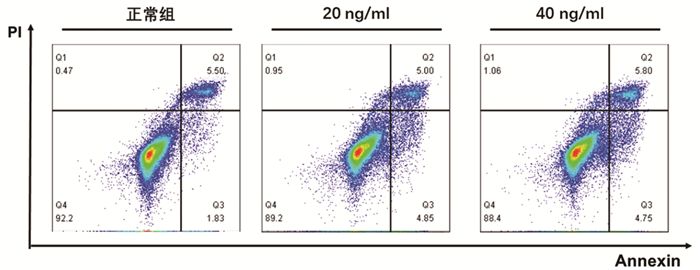
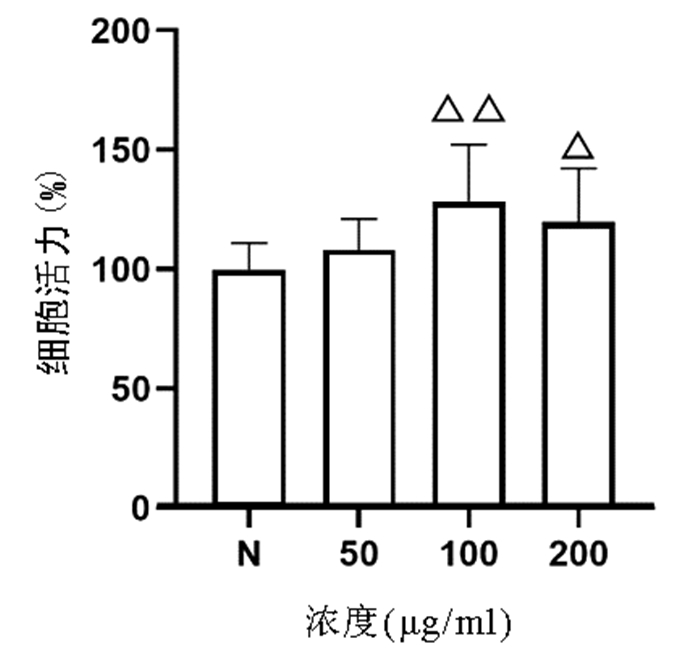
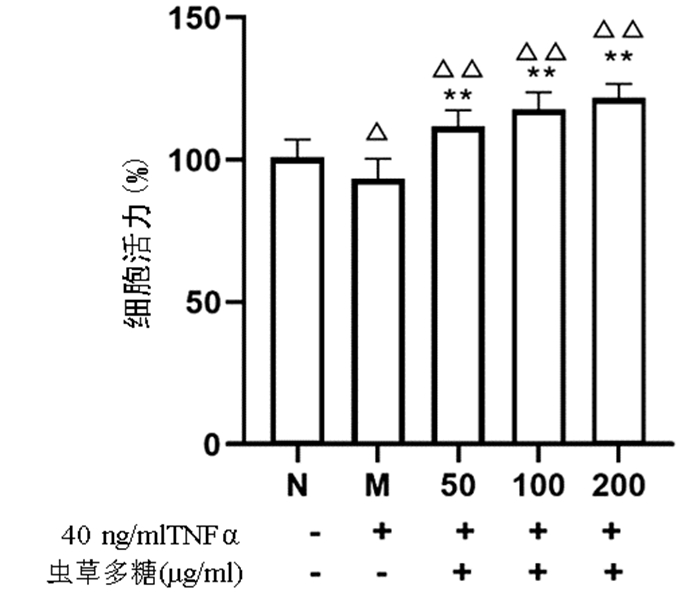




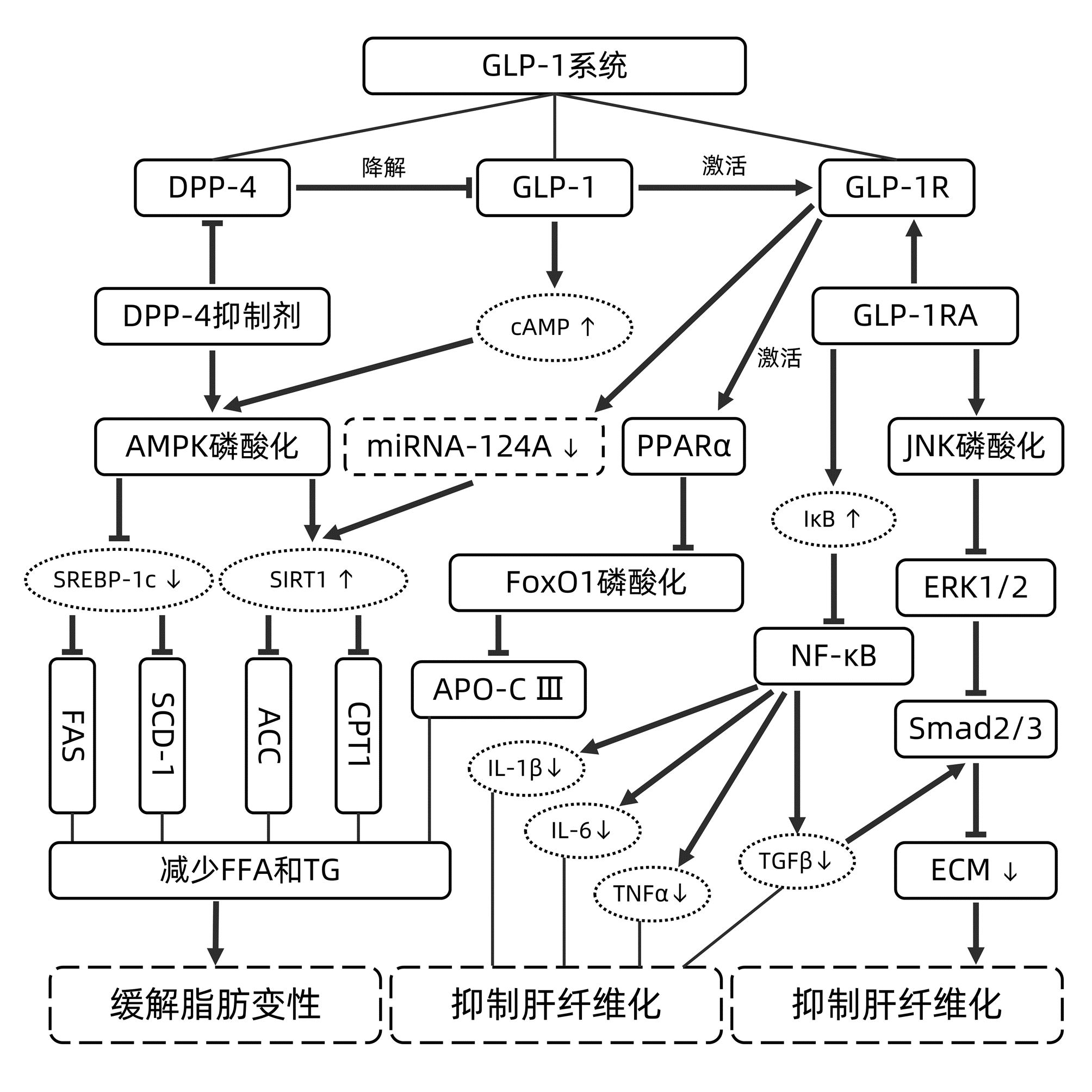




 DownLoad:
DownLoad: